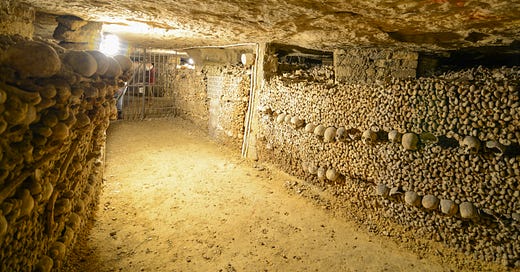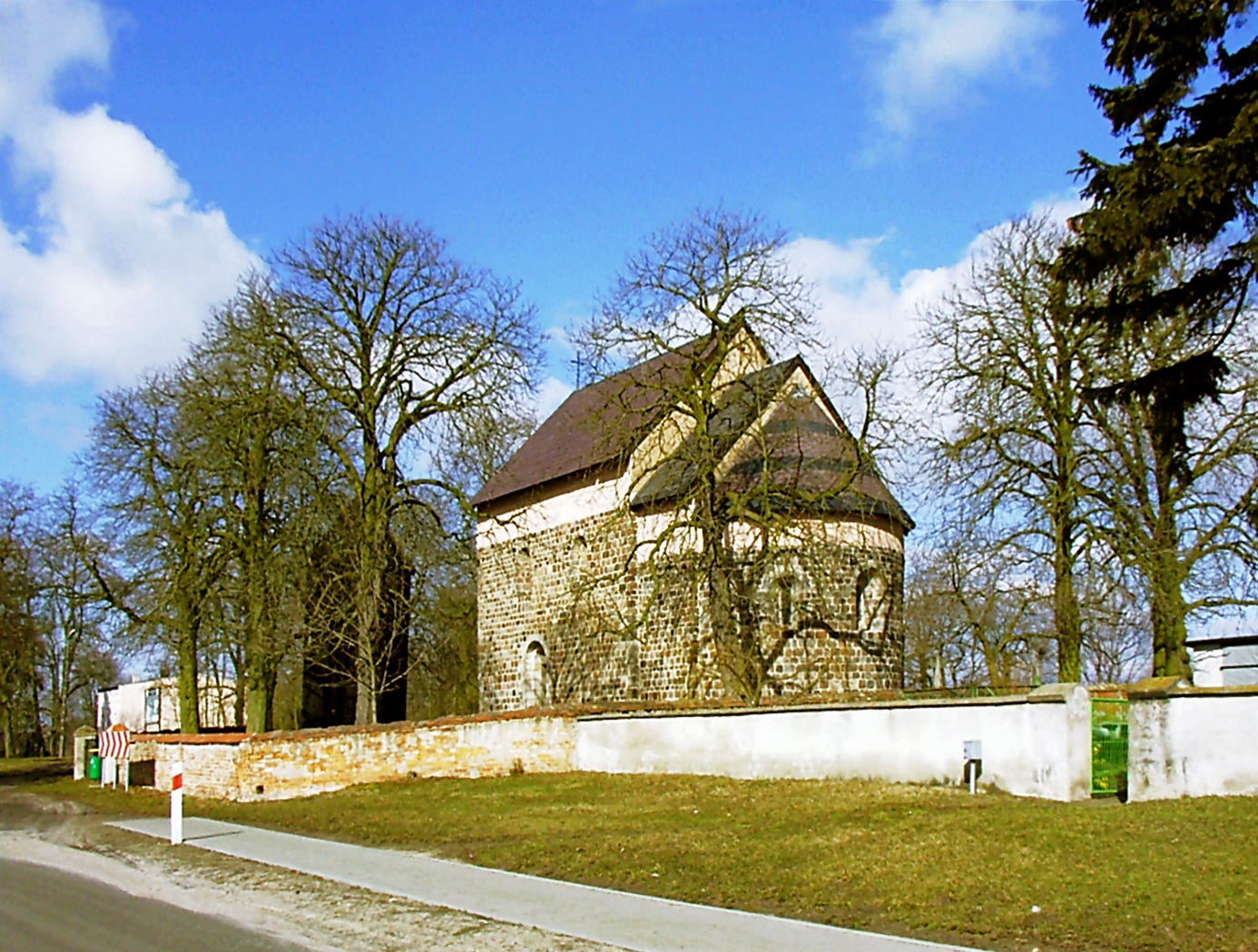I was one of those people during college who had some back and forth about what I wanted to do with my future. I originally went to college for nursing. At the time I worked at a nursing home and absolutely loved it so I figured nursing would be the right path. I went to college at the University of Cincinnati and greatly enjoyed the people and the experience in the nursing college at first. Then, one day a professor mentioned practicing giving shots to others, and I started to feel jittery. What was I thinking? The thought of actually performing tasks involving people’s bodies gave me anxiety, so I decided nursing was not for me.
I ended up getting my undergraduate degree in Anthropology. I had taken an introductory class and found it really interesting to think about the evolution of humans and was fascinated with learning about human development over time. I absolutely loved this field for the years I studied it, whether I was studying different cultures or studying specific pieces of human biology and evolution. I ended up choosing to do an extra year of classes because there were so many electives I wanted to take.
As the end of the program neared, it was time to decide what I wanted to do with my future. I learned through my own research about a program in a small town called Giecz in Poland that every year offers Anthropology students an opportunity to excavate Medieval burial grounds to learn about the health of the population buried there. I decided this was something I wanted to do.
The program lasted for four weeks. I was twenty-one at the time and it was my first time going overseas. I flew by myself. I was met in a city called Poznan, Poland, by the directors of the program, and we took a bus to the desolate rural town of Giecz. The town consisted of a church, the house of the people who prepared our meals, a store that had delicious snacks and alcoholic beverages, a one room building that served as a dormitory for women in the program, and a large house where the men and the instructors in the program stayed and the main happenings of the learning part of the our program took place.
We walked to the burial site early in the morning after eating a breakfast served by the people who lived next to our dormitory. They also allowed us to make sandwiches to take for the day and people often picked up snacks from the store on the way. By the time the program was over, I found myself eating mostly the sides of the meals and snacks because I could hear the pigs being slaughtered for our meat, which turned me off to it and I am not a big fan of pork to begin with.
The learning program itself was very interesting. We got the chance to see with our own eyes all of those things we had studied in school about forensic and biological anthropology like understanding how to tell the skeletal differences between men and women and the types of tools used to determine the age of the person. On the first day of digging, I remember everyone was eager to find the first skeleton, and suddenly for me, that same jittery feeling I had in nursing school came back. Given the actual chance, I did not want to be responsible for the excavation of a skeleton. But sure enough, what I thought was a potato buried in the ground (there were many of those) felt harder than a potato, I had been the “lucky” one to unearth the first skeleton. The skeletons were fully intact.
That summer in Giecz was like the summer camp I never realized I needed. I truly enjoyed being surrounded by people interested in Anthropology. We had great discussions. But at the same time it became clear to me, just like it had in nursing, that this was not what I wanted to do for the rest of my life even though I loved to observe and read about it from afar.
One thing that I did find myself useful for while I was there was labeling small pieces of pottery we unearthed with a calligraphy pen. I admitted my hesitation to others in the program, and they were more than happy to let me do the tasks that others were not as willing to do. It was fun to watch my peers celebrate their finds from the house where I was labeling the pottery. I also helped them with cleaning off some pieces of the skeleton, which was a fascinating task in itself.
I decided during that trip that when I got back to Cincinnati I would apply for graduate school to study social work where I could still work in the healthcare field that I enjoyed and not have to do any tasks that involved other people’s bodies, whether they be dead or alive. It turned out to be the best choice, and more practical in that I did not have to move away from home which would most likely have been the case if I had pursued Anthropology. I still enjoy reading and learning about the field.
Right after my trip to Geicz, I was eager to go to a place called the Sedlec Ossuary in the Czech Republic where I traveled with my family after the trip to Poland. Some people in the field school had mentioned it would be a great stop to see more skeletons. My sister, much to my dismay, shot the idea down because it was not close to where we were and did not go along with the plans she had offered to make for us. In hindsight I can understand the reasoning but at the time I was on fire!
The Catacombs: A second chance to see some bones
On a later leisure trip to Europe, I got the chance to make up for this missed opportunity to see more skeletons. The Catacombs in Paris is an underground tunnel system that you walk through with various skeletons stacked together in almost artistic ways. I knew that I had to see this. The wait was long, but we were able to get down there and what fascinated me the most was not just the bones themselves but the reason that they were put down there. Apparently, at the time due to disease, the cemeteries had overfilled, and at times, the bodies of the dead would even flow into the streets of Paris. This space was available after the limestone underground had been extracted to build cathedrals in the city, so they decided to use it to bury the dead. I was enamored with this monument to human adaptation.
I enjoyed walking through the catacombs so much that when I went back to Paris the year after, I went right back down the long spiral stairwell to visit the bones again.







I'm keeping a list of places we need to visit for The Silent Sod and Sedlec Ossuary is at the top of the list!
You mentioned cleaning the skulls. How did you do this? With little brushes, or...?
I've yet to visit the Paris catacombs, but will be visiting some in Rome next fall. I'd love to visit Sedlec Ossuary. I finally visited my first ossuary chapel this year - this one was in Milan.